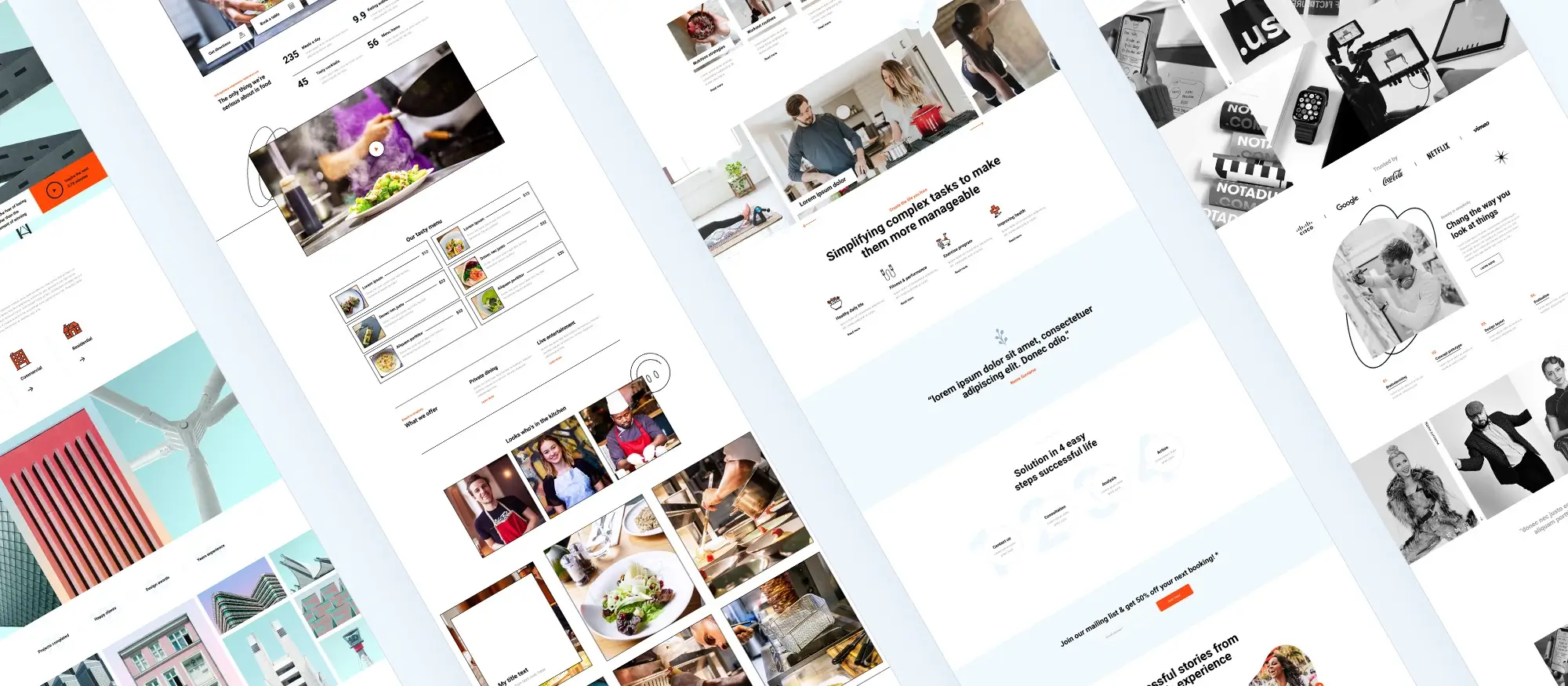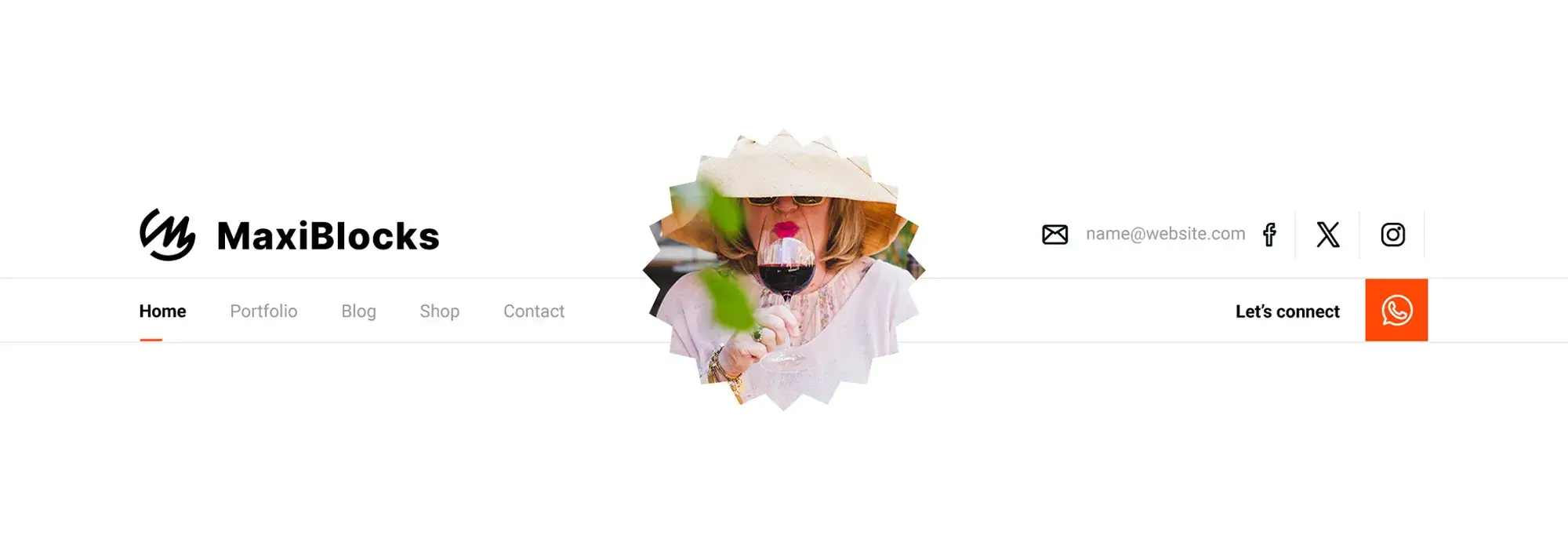22 Advanced WordPress web design techniques
Try MaxiBlocks for free with 500+ library assets including basic templates. No account required. Free WordPress page builder, theme and updates included.
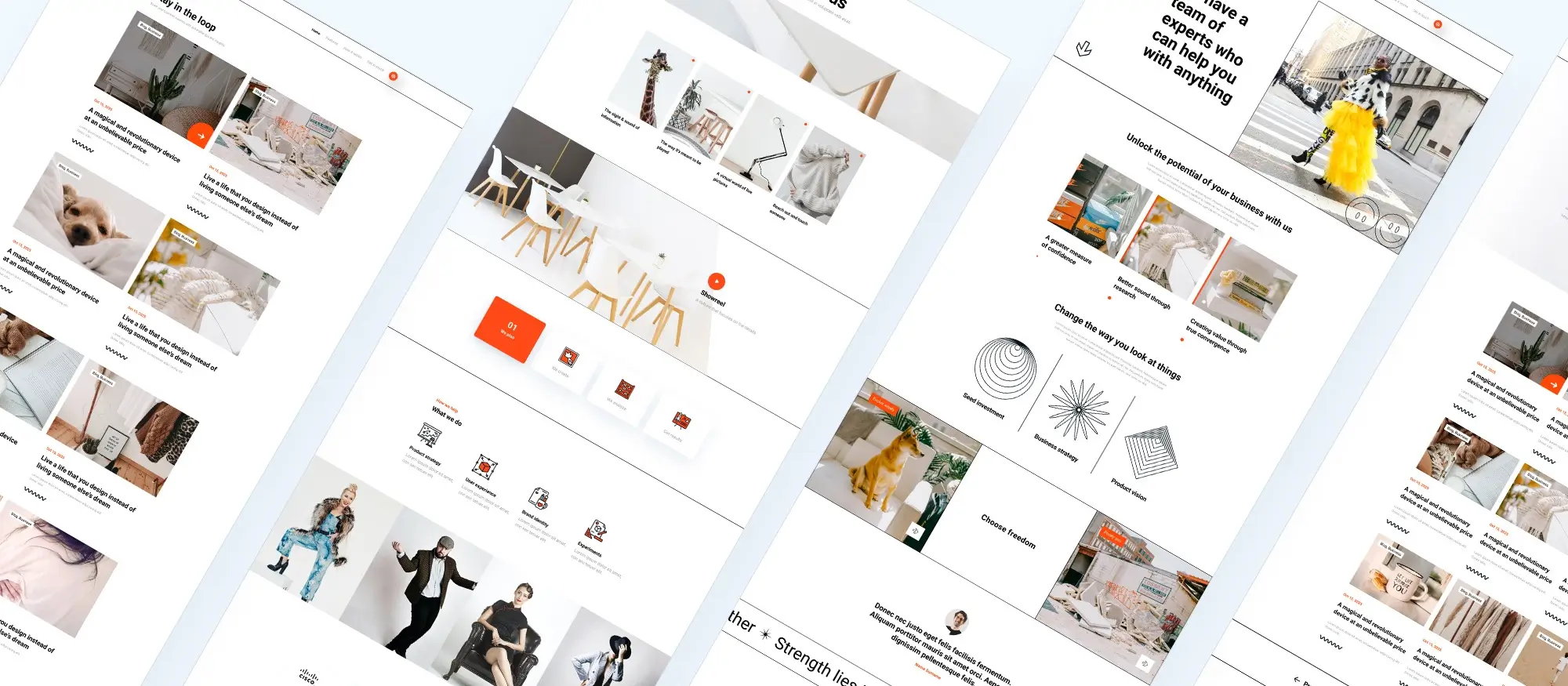
Updated 15th May 2025
Introduction
WordPress is known for its flexibility and ease of use but what if you want to take things further? If you’re looking to build high-performing, scalable, and more technically refined websites, this guide is for you. Here, we’ve pulled together 22 advanced techniques that go beyond the basics, designed for designers, developers, and power users who want to unlock the full potential of WordPress.
From custom content structures and advanced coding to performance, security, and external integrations, each section is packed with tools and methods to make your website faster, smarter, and more powerful. Whether you’re building complex menus, integrating CRMs, or turning your site into a Progressive Web App, this is your roadmap for taking WordPress to the next level.
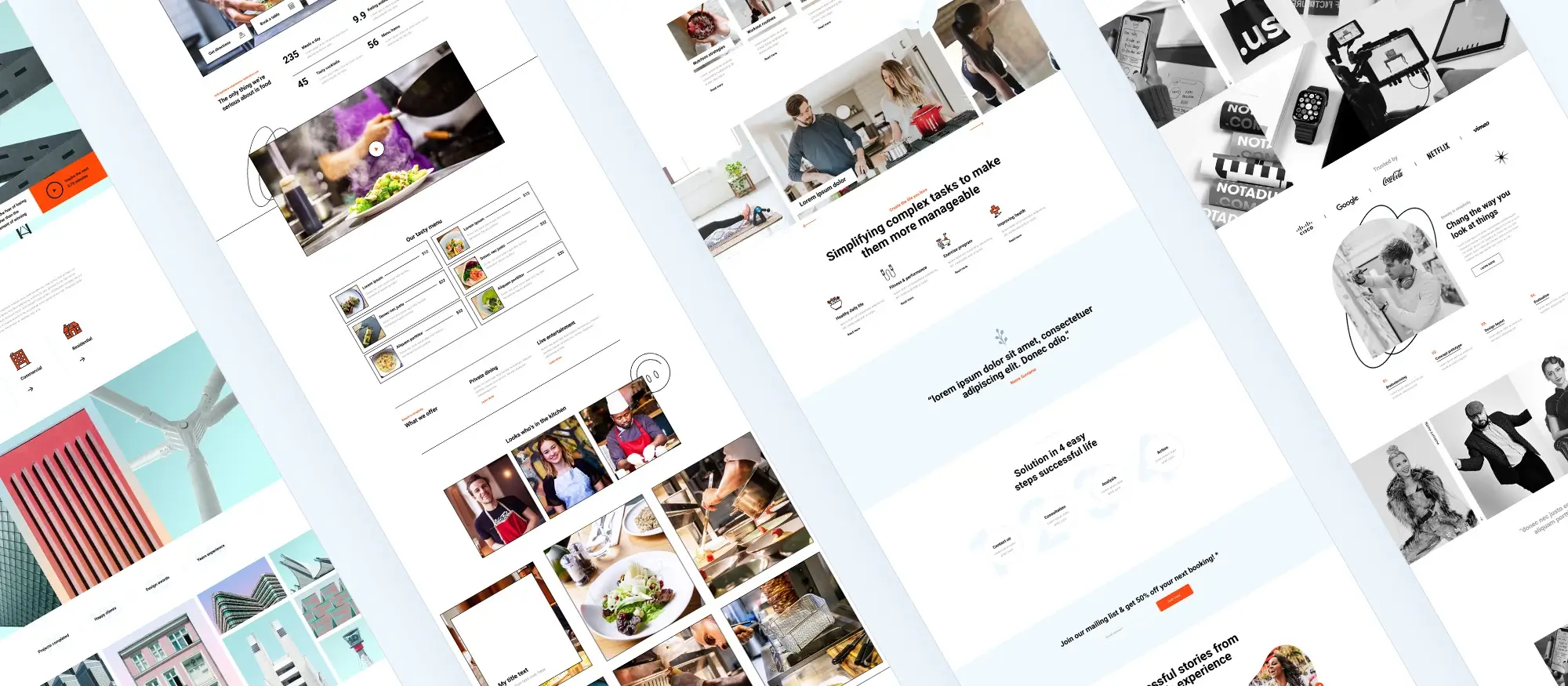
Advanced WordPress content architecture
Custom post types
Custom post types are a powerful feature in WordPress that allow you to create content types other than the default posts and pages. By defining a custom post type, you can tailor the content management system to better fit the needs of your site. To create a custom post type, you’ll need to write some code in your theme’s functions.php file or use a plugin. Customising the admin interface for these post types helps in managing and displaying them more effectively.
Advanced custom fields (ACF)
Advanced Custom Fields (ACF) is a popular plugin that lets you add custom fields to your posts and pages. This can be incredibly useful for adding extra information or custom data that isn’t available in the default fields. Setting up ACF fields involves creating field groups and adding them to your content types. Once you’ve set up your fields, you can display this custom data in your theme by using specific ACF functions to retrieve and output the information.
Building custom taxonomies
Custom taxonomies let you create and manage unique ways to categorise content beyond the default categories and tags. By defining custom taxonomies, you can organise content in a manner that suits your site’s needs. Creating and managing these taxonomies involves writing code and configuring them in your theme. Displaying taxonomy data within your site’s templates can help users navigate content more effectively.
Subscribe to our newsletter
Custom coding and theme development
Page builders with custom code
Page builders like MaxiBlocks and Elementor make it easier to design complex layouts without needing to code. However, sometimes you’ll want to add custom code to fine-tune your designs. This can include injecting custom CSS for styling, JavaScript for added functionality, or PHP for dynamic content. Managing and maintaining this custom code requires keeping track of updates and debugging any issues that arise.
Creating custom widgets
Custom widgets allow you to add unique elements to your site’s sidebars and other widget areas. These can range from simple text widgets to more complex features like recent posts or custom HTML. Building a custom widget involves writing code in your theme’s functions.php file and defining how it should display and function. Once created, you can add and manage these widgets through the WordPress admin area.
Advanced theme development
Developing custom themes can greatly extend WordPress’s capabilities. Creating a child theme, for instance, lets you make changes to your site’s appearance without altering the original theme’s files. You can also develop custom theme features, such as unique headers and footers, by editing theme files and using WordPress hooks. This approach helps in adding functionality and customisation without disrupting the core theme.
Building custom Gutenberg blocks
Gutenberg is the block-based editor in WordPress that allows you to create complex layouts with reusable content blocks. Developing custom Gutenberg blocks enables you to add new types of content or functionality tailored to your needs. This process involves coding and registering blocks, and customising their behaviour to fit the specific requirements of your site.
Building a custom content management system (CMS)
Developing a custom CMS on top of WordPress can provide a tailored content management experience for specific needs. This involves creating custom admin interfaces and extending the default CMS functionality. By integrating these custom features with WordPress, you can create a content management solution that fits unique requirements and workflows.
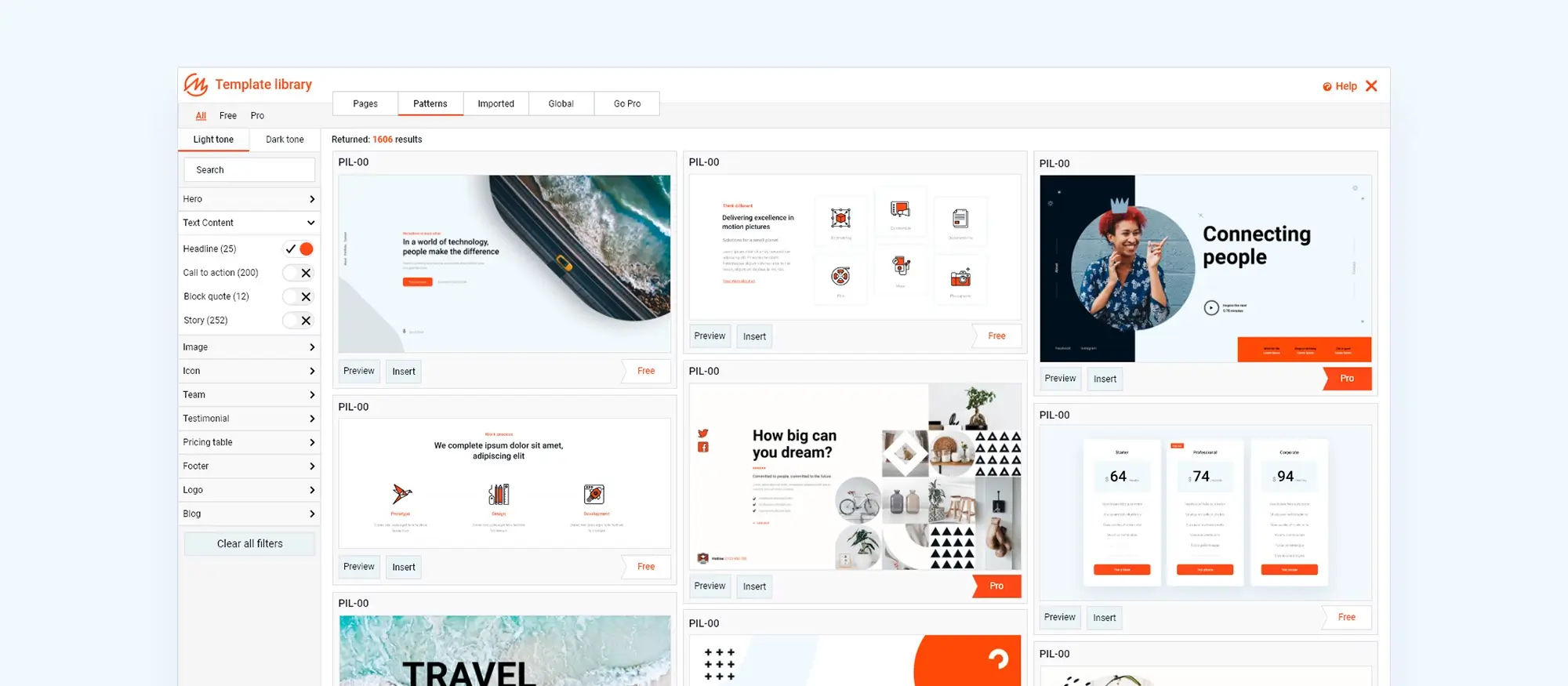
Performance, security, and admin control
Optimising for speed
Website speed is important for both user satisfaction and search engine rankings. Advanced caching techniques, such as object and database caching, can significantly improve performance. Optimising your database by cleaning up unnecessary data and optimising queries can also help. Minifying and concatenating CSS and JavaScript files reduces the amount of data that needs to be loaded, further enhancing site speed.
Customising WordPress admin
Customising the WordPress admin interface can make it more efficient and tailored to your needs. This might involve modifying the dashboard to add custom widgets or statistics, adjusting the admin bar to show or hide items, or creating custom user roles and permissions. These customisations can streamline your workflow and make managing content more straightforward.
Implementing advanced security measures
Securing your WordPress site against common threats is essential for protecting your data and maintaining trust. This includes safeguarding against cross-site scripting (XSS), cross-site request forgery (CSRF), and SQL injection attacks. Setting up two-factor authentication adds an additional layer of security. Regular security audits with appropriate tools can help you keep on top of potential vulnerabilities.
Build like a pro
Advanced integrations and APIs
REST API integration
The REST API in WordPress allows you to interact with your site’s data from external applications. By making API requests, you can fetch and display data from your site in other contexts, such as mobile apps or external websites. You can also build custom API endpoints to offer specific data or functionality. Understanding how to use the REST API involves learning how to make requests and handle responses securely and efficiently.
Integrating with external APIs
Integrating with external APIs allows your site to interact with third-party services, such as payment processors or social media platforms. This involves setting up API connections and handling authentication securely. Displaying data from these external sources can be achieved by embedding or showcasing the data on your site, enhancing functionality and user engagement.
Integrating with CRM systems
Connecting your WordPress site with a CRM (Customer Relationship Management) system can improve how you manage customer interactions and data. Popular CRM plugins like HubSpot or Salesforce offer various features to integrate with WordPress. Setting up these plugins involves configuring them to capture and manage leads, track interactions, and generate reports.
Integrating with third-party analytics
Integrating analytics tools with your WordPress site allows you to track visitor behaviour and site performance. Tools like Google Analytics or Matomo provide insights into how users interact with your site. Setting up tracking involves configuring the analytics tool and integrating it with your site, while customising reports can help you analyse specific data relevant to your goals.
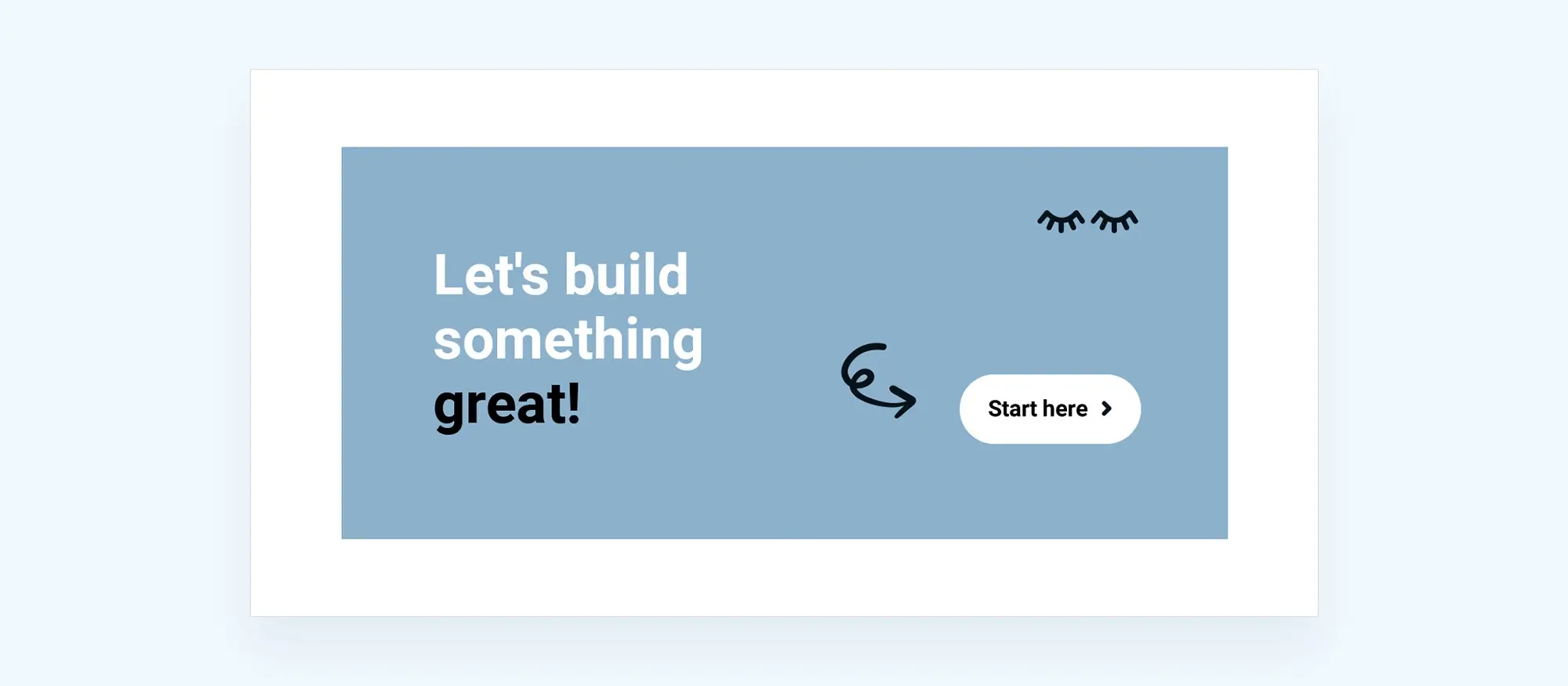
Advanced site features and user experience
WordPress multisite
WordPress multisite is a feature that lets you run multiple WordPress sites from a single installation. Setting up a multisite network involves configuring your WordPress installation and updating your wp-config.php and .htaccess files. Managing multiple sites from a single dashboard can simplify administration tasks. Customising multisite features allows you to tailor the network settings to fit your needs, such as adding custom themes and plugins.
Creating a membership system
Setting up a membership system on your WordPress site can turn it into a subscription-based or member-exclusive platform. This typically involves using membership plugins that manage user registrations, subscriptions, and content access. Customising membership features might include creating special areas for members and setting up content restrictions based on membership levels.
Advanced WooCommerce customisation
WooCommerce is a powerful plugin for creating online stores with WordPress. Advanced customisation of WooCommerce involves modifying templates for product pages, checkout, and cart views. You can also add custom functionality, such as product filters and extra fields, to enhance the shopping experience. Optimising WooCommerce performance is important for handling large numbers of products and transactions smoothly.
Creating and managing complex menus
Complex menus can help users navigate large sites with multiple levels of content. Building multi-level menus requires careful planning to ensure they are easy to use. Implementing custom menu walkers allows for advanced customisation of how menu items are displayed. Adding dynamic menu items can involve integrating content from various sources, making navigation more interactive.
Implementing Progressive Web App (PWA) features
Progressive Web Apps (PWAs) combine the best of web and mobile apps, offering features like offline access and push notifications. Setting up PWA functionality for your WordPress site involves using plugins or coding your own service worker scripts. Testing and maintaining these features ensures that your site performs well across different devices and conditions.
Advanced form handling
Creating complex forms with WordPress can involve features like multi-step processes and conditional logic. Plugins such as Gravity Forms or Contact Form 7 can be used to build these forms. Handling form submissions involves processing and storing data securely, and integrating with other systems if needed, such as CRM systems or email marketing tools.
Using server-side rendering (SSR) with WordPress
Server-side rendering (SSR) is a technique that can improve the performance and speed of your WordPress site by generating HTML on the server before sending it to the client. Implementing SSR with WordPress involves using tools and frameworks that support server-side rendering. Managing and optimising SSR ensures that your site remains fast and responsive while delivering dynamic content.
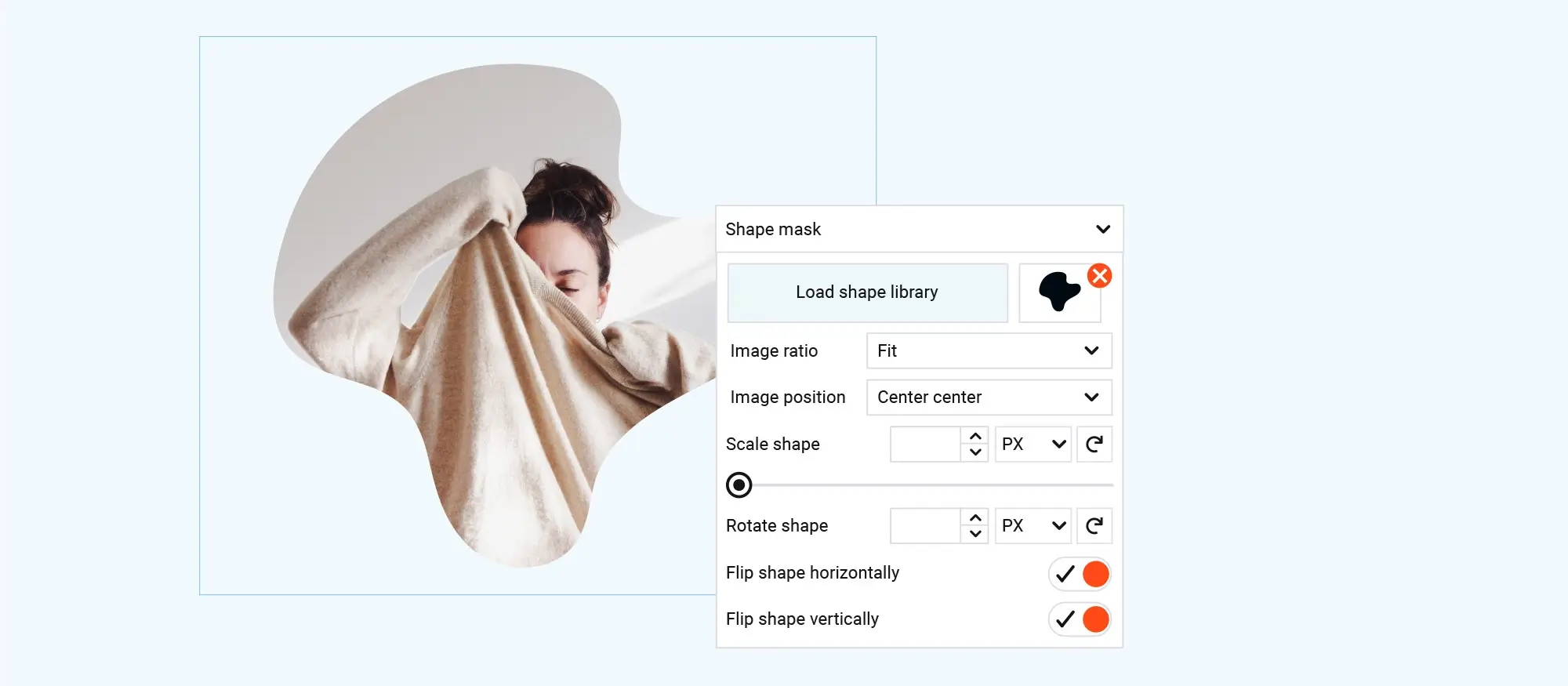
Final thoughts
If you’re looking to push your WordPress site beyond the basics, these advanced methods give you a solid foundation to work with. From powerful back-end customisation to seamless user experiences, advanced design isn’t just about features it’s about control, efficiency, and flexibility.
Key takeaways:
- Custom post types and taxonomies help structure complex content
- ACF and Gutenberg blocks offer more layout and content control
- REST API and external integrations expand functionality
- Performance tweaks and SSR keep sites fast and responsive
- WooCommerce and multisite customisation enhance business capabilities
Take your builds further with MaxiBlocks
MaxiBlocks gives you powerful tools to design and customise professional WordPress sites without code. It’s fast, flexible, and made to scale with you.
Build smarter, design faster, and take your WordPress site to the next level.
Beautiful WordPress web designs to kickstart your site
Find responsive and accessible WordPress web designs to match your brand and goals.
FAQs – Advanced WordPress web design techniques
What are custom post types used for?
They let you create different content types beyond posts and pages ideal for portfolios, products, or testimonials.
How does ACF enhance WordPress?
It lets you add custom fields to your content, helping you display unique data in structured layouts.
Can I use page builders with custom code?
Yes most builders, including MaxiBlocks, allow you to inject CSS, JS, or PHP for more control.
Why build custom widgets?
They add reusable functionality or content to sidebars and footers like featured posts, menus, or contact blocks.
What’s the benefit of creating a child theme?
You can customise your theme safely without affecting core files or updates.
What is the REST API in WordPress?
It allows your site to share data with apps or external tools great for headless setups or integrations.
Why should I optimise site speed?
Fast sites improve user experience and SEO. Use caching, minified assets, and optimised queries to boost performance.
How do I make WordPress admin more efficient?
Custom dashboards, roles, and widgets help simplify workflows and remove clutter.
What are custom Gutenberg blocks?
They’re reusable content blocks that can include layouts, forms, or anything dynamic tailored to your project.
What is WordPress multisite for?
It lets you manage multiple sites from a single install ideal for networks, schools, or brands.
Can WordPress integrate with CRMs?
Yes plugins let you sync contact forms, track users, and automate tasks with tools like HubSpot or Salesforce.
Is it possible to create a membership system?
Yes with plugins like MemberPress or Restrict Content Pro, you can gate content and manage users.
What’s server-side rendering (SSR)?
SSR generates HTML on the server, making your site load faster and boosting performance for dynamic content.
How does SSR differ from static rendering?
Static rendering builds pages in advance, while SSR builds them at request time ideal for sites with changing content.
Can I turn my WordPress site into a PWA?
Yes PWA plugins add offline access, home screen installs, and push notifications to make your site feel like an app.
What are the benefits of WooCommerce customisation?
It helps you tailor product pages, checkouts, and features for better conversions and customer experience.
How do external APIs improve my site?
They pull in third-party data or services like social feeds, payment gateways, or live stock updates.
What is a custom CMS built on WordPress?
It’s a highly tailored content interface built with WordPress but focused on your unique workflow or structure.
Is advanced form handling important?
Yes multi-step forms, conditional logic, and integrations are key for data collection, lead gen, and user onboarding.
How do I integrate analytics tools?
Use plugins or embed tracking scripts from platforms like Google Analytics or Matomo to monitor site performance.
What are complex menus useful for?
They’re great for large sites with multiple sections think megamenus or menus that update dynamically based on content.
Do I need coding skills to use MaxiBlocks?
Not at all. It’s designed to give you complete creative control through a visual interface but supports custom code too if you need it.
What makes a WordPress website design advanced?
Advanced design focuses on more than appearance. It involves strategic layout choices, enhanced user flows, and performance improvements tailored to business goals. You can explore examples of advanced approaches in this guide to WordPress web design.
Why is a custom WordPress website worth considering?
A custom WordPress site offers full creative freedom, better scalability, and design aligned with your brand identity. It avoids the limitations of off-the-shelf themes. Learn more about the advantages in this article on custom WordPress website design.
How do UX and UI design improve a WordPress website?
User experience (UX) and user interface (UI) are essential to how visitors interact with your site. Good UX keeps users engaged, while clean UI makes navigation simple. See how they come together in this guide to UX and UI for WordPress.
What are the current design trends in web development?
Modern web design trends include minimalist interfaces, bold typography, and immersive visuals. For a closer look at today’s most effective techniques, see this overview of modern design trends.
When should I consider redesigning my website?
A redesign is worthwhile when your site looks outdated, doesn’t convert well, or no longer reflects your brand. If you’re planning a refresh, this website redesign guide offers useful steps and planning advice.
What does responsive design mean for WordPress?
Responsive design ensures your site looks and functions properly on all screen sizes. It adapts content layout for phones, tablets and desktops. You can learn more in this article on responsive WordPress design.
How do I make my WordPress site mobile-friendly?
Creating a responsive website starts with fluid grids, flexible images and mobile-first layouts. This complete guide to responsive web design provides clear, practical steps for implementation.
What are the best practices for responsive WordPress sites?
Combining a mobile-optimised theme with smart content layout will help your site perform well across all devices. This resource on responsive WordPress design explains what to consider during development.
Can I build a professional WordPress site on a small budget?
Yes, with careful planning and smart tools, you can create a polished site at minimal cost. This article on affordable WordPress design outlines the best ways to save money while maintaining quality.
What elements make a WordPress site look professional?
Professional design features include clean layouts, strong branding, accessible navigation and responsive functionality. This overview of professional WordPress design breaks down what you need to get right.
How does typography affect web design?
Typography shapes the way visitors read and interpret your content. Well-chosen fonts, line spacing and text hierarchy improve clarity and aesthetics. For design tips, visit this typography guide.
What is a hero banner and why does it matter?
A hero banner is the large, prominent area at the top of a web page. It’s often the first thing users see, and it should clearly communicate your key message. This guide to hero banner design explains how to get it right.
How do I create a hero section in WordPress without coding?
You can use drag-and-drop tools like the Maxiblocks hero section builder to design attractive, responsive hero areas without needing technical skills.
Is there a WordPress-specific tool for building hero sections?
Yes, this Maxiblocks builder for WordPress helps you quickly create and customise hero sections tailored to your content.
Where can I see good examples of hero banners?
For design inspiration and layout ideas, explore this collection of hero banners that highlight different approaches and use cases.
What are the most popular WordPress design trends right now?
Trends like dark mode, micro-interactions and bold typography are making an impact in 2024 and 2025. This roundup of WordPress design trends gives you a comprehensive overview.
What new design ideas are expected to lead in 2025?
Upcoming trends include AI-driven interfaces, sustainability-focused design and greater accessibility. To stay ahead, read this preview of 2025 web design trends.
Are there examples of WordPress designs that have performed well?
Yes, real-world case studies show what works and why. Explore these successful WordPress design case studies to gain actionable insights.
What are page blocks and how do they improve design?
Page blocks are reusable layout components that help build consistent and visually engaging pages. This guide to web design page blocks explains how they work and why they’re useful.
What tools are available for designing websites today?
There are many platforms, from visual page builders to full design systems, that support website creation. This guide to website design software explores top tools for different skill levels.
WordPress itself
Official Website
wordpress.org – This is the official website for WordPress, where you can download the software, find documentation, and learn more about using it.
WordPress Codex
codex.wordpress.org/Main_Page – This is a comprehensive documentation resource for WordPress, covering everything from installation and configuration to specific functionality and troubleshooting.
WordPress Theme Directory
wordpress.org/themes – The official WordPress theme directory is a great place to find free and premium WordPress themes. You can browse themes by category, feature, and popularity.
maxiblocks.com/go/help-desk
maxiblocks.com/pro-library
www.youtube.com/@maxiblocks
twitter.com/maxiblocks
linkedin.com/company/maxi-blocks
github.com/orgs/maxi-blocks
wordpress.org/plugins/maxi-blocks

Kyra Pieterse
Author
Kyra is the co-founder and creative lead of MaxiBlocks, an open-source page builder for WordPress Gutenberg.
You may also like
